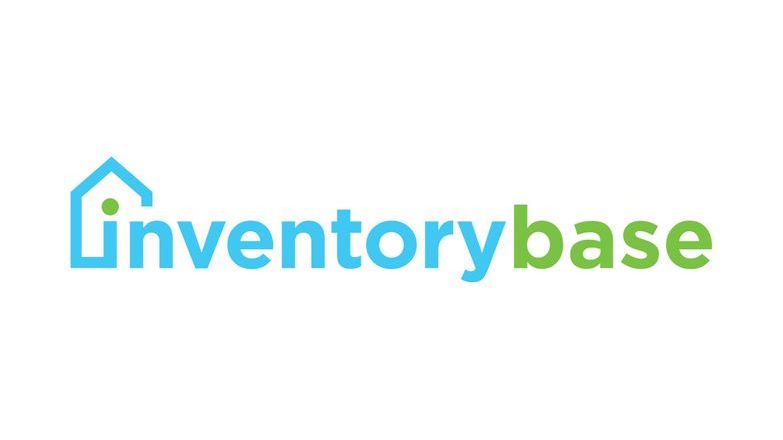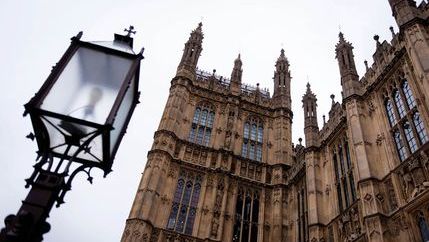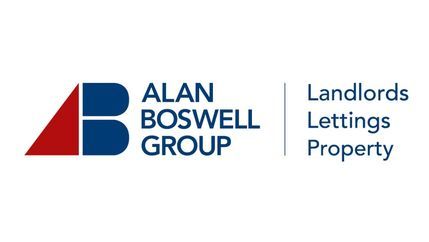
According to data from the 2022 Office of National Statistics quarterly report, households are a big emitter of greenhouse gases, accounting for 26% of total emissions in the UK (on a residency basis).
With the landlords needing to spend (on average) £10,000 per property to achieve a C rating and reduce their footprint, letting agents are facing an uphill challenge to persuade them to invest in updating their rental stock and meet the upcoming change in standards.
Some would argue that, with around £87 billion paid in rent in 2021, there should be more than enough money in the pot to make the upgrades, but things are never quite that simple but there are options to help support the transformation process.
Achieving Net-Zero
To achieve net zero, a range of initiatives are needed to bring about the much-needed reduction in emissions. Proptech is an integral component in this move towards our goal by bridging the information gap but it's not a case of just throwing code and apps at the problem. It needs to be centred on how we task the tech, so it creates the advances needed to win the race to net zero.
One idea is around ‘fabric first' which concentrates on understanding a building's fabric - its structure and materials - in order to make it more energy-efficient, rather than relying solely on retrofit solutions or re-building programmes.
By having an open-access digital register of build types and materials, we can determine the most suitable retrofit solutions and ensure they're compatible with the existing structure.
Currently, the retrofit market is worth between £3.5 billion and £6.5 billion, each year in the UK so there is a real incentive to look at poorly performing properties. But that’s only one part of the solution.
Smart Sensors
Deployed throughout a property, smart sensors can identify and collect an ever-expanding number of data points that track and inform throughout the property, from the ambient temperature in an Airbnb to energy consumption in an HMO.
For example, sensors can:
- capture and share carbon monoxide levels
- track changes in moisture levels to prevent damp and mould
- test smoke alarms remotely for continual safety and compliance
- check if assisted living residents are active and safe
- save energy by turning off lights when no one's home
- manage heating issues with smart thermostats
By pinpointing inefficiencies, agents, landlords, maintenance companies and facility managers can take proactive steps to address them, leading to better performance and increased efficiency.
Additionally, real-time monitoring and analysis of the data can help forecast when and where inefficiencies may arise, allowing for timely interventions and ultimately accelerating the pace of change.
Data collection
With advances in reporting software, data can be accessed and shared via sensors, seamlessly embedded into documents and CRMs allowing agents and maintenance providers to analyse the info in real-time. This will enable swift action when the residents' health or property safety is compromised and aid the drive towards carbon neutrality.
But all this needs Government-driven incentives to convince a cash-strapped industry to invest which means agents need to be on top of their game to ensure the advice and opportunities are on point.
Energy efficiency grants and options include:
- EV charge point grant: offers landlords up to 75% of the cost of installing an EVCP at their rental property, up to £350 per charging point
- Loft and room insulation grants: Energy Company Obligation (ECO) schemes
- Cavity wall insulation grants: available for rental properties heated by electricity rather than gas, those with gas systems may also be eligible
- Local authority grants: to convert commercial premises to residential dwellings, large houses to flats and improvement grants for HMOs
- Empty homes funding: local authorities funding for landlords buying empty properties and renting them out
- Grants to bring rental properties up to minimum heating standards that take into account EPC ratings and the drive to a C standard by 2025
Net-zero rental market
Energy cost is already a factor in tenants' decision-making, with most asking for EPC ratings before viewing properties. Agents who can easily provide the data that proves a property’s sustainability and environmental credentials are more likely to attract quality tenants and achieve higher rental prices.
The success of achieving net zero in the rental market depends on various factors. And by embracing technology and taking a longer-term view, landlords can future-proof their assets, achieving a better ROI and gaining a competitive advantage.
There is still the need to educate and make tech both accessible and affordable to ensure that all-important buy-in. Changing the PRS into a resilient, net-zero rental market is not just the future of our planet, it's the future of our industry.
InventoryBase: Property inspection software
Streamline property reports, reduce inefficiencies and make compliance simple.





